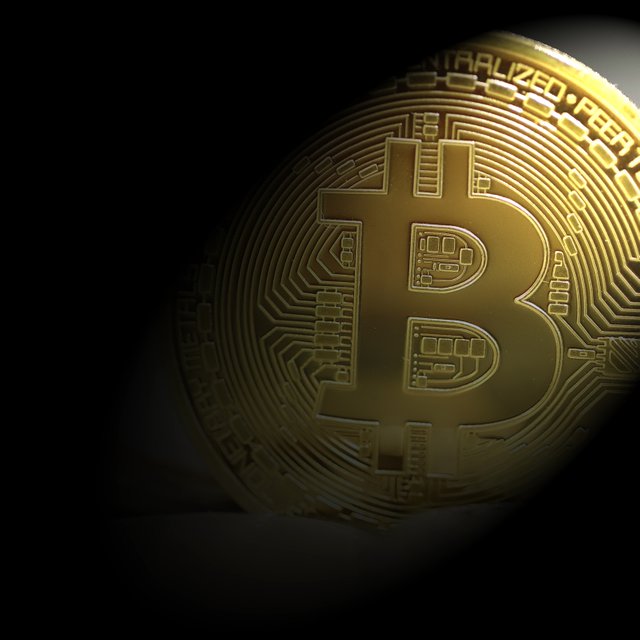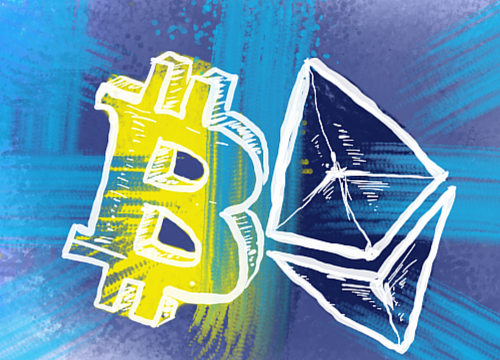4 Bitcoin Design Flaws That Restraints The Advancement Of Bitcoin

Recently, Forbes News Advisor Saeed Elnaj has written that the design flaws of the Bitcoin blockchain will restrict its future development prospects. As an example, there are several problems with Bitcoin and the Bitcoin blockchain. First, the Bitcoin blockchain consumes more energy than Ethereum. Second, the Bitcoin blockchain can only handle 7 transactions per second, while Ethereum is 20; once again, Bitcoin’s output mechanism will make it. The production cost quickly exceeds its own value. In the future, it may lose a lot of manpower due to high blockchain operating costs. Finally, bitcoin prices fluctuate drastically, and decentralized digital currency trading scenarios are difficult to reach and cannot adapt to high-frequency trading. demand. But he also believes that Bitcoin will inspire people’s interest in decentralization.
In the following, we will discuss views with Bitcoin in the current stage and Bitcoin Cash.
1.) Bitcoin blockchain consumes more energy than Ethereum.
The power needed to keep the Bitcoin network running is a market choice. On the one hand, the price of Bitcoin continues to rise. Although Bitcoin has recently experienced an overcast in recent days, high prices can still profit miners. Thus, the greater the amount, the higher the 51% attack cost, making Bitcoin network more secure. Therefore, the excess electricity generated by voluntary mining is not a problem, nor should it be a defect. This is also true for BCH.

2.) Bitcoin blockchain can only handle 7 transactions per second, and Ethereum is 20.
Bitcoin handles 7 transactions per second, which is an ideal volume of transactions that cannot be achieved. In an ideal state, Bitcoin has an average of 225 bytes for each transaction. It counts as a block of 10 minutes and has a size of 1M. It can pack an average of 1000/0.25/60/10 = 6.67 transactions per second. The real situation is that the number of bytes actually traded is greater than 225 bytes, so the transaction is less than 7 transactions per second, but even if this number is reached, Bitcoin will still be very congested. Ethereum ‘s 20 transaction per second is much higher than Bitcoin’s, but if it compares with the transaction volume of tens of thousands per second in the current financial payment system, it is of little significance to be 7 or 20. The designer also took this into account at the time, but at that time, the block size was temporarily set at 1M in order to prevent dust attacks and limited trading volume.
After the congested, Bitcoin community disagreed to solve this problem. The core-led school believed that it would be necessary to solve the 10,000-per-second transaction that may occur in the future and it needs to be processed off-line, using Lightning Network plus isolation and witnessing. Hopefully, Bitcoin becomes a transaction settlement layer. The miners headed by the big block proponents want to extend the idea of Satoshi Nakamoto, expand the block, adhere to the chain, and continue to make payments. Today, the two are taking their own path, whether it is promising or more feasible for the stored-value route, and there will be a conclusion in the future.
3.) Bitcoin’s output mechanism will cause its production cost to exceed its own value, and it may lose its power in the future due to high blockchain operating expenses.
For Bitcoin, there are indeed such problems. The mechanism of diminishing bitcoin output makes the cost of mining more and more expensive, and the deployment of the lightning network will directly affect the earnings of the miners. As a result, the miners may switch to the BCH that insists on the chain of transactions. As a result, the BCH has increased its computing power and improved its security.
4.) Bitcoin’s prices fluctuate drastically and trading scenarios are difficult to fall.
Not only is the price fluctuating, Bitcoin’s handling charges are also fluctuating. For example, Bitcoin has reduced transaction fees to a minimum because of the small transaction volume. However, once transactions increase, transaction fees can still be a problem. Sharp price fluctuations are cryptocurrencies common problem is that there is no change or limit, and there is no regulatory agency. The currency price naturally fluctuates. However, as the market tends to be calm, the fluctuations will gradually become stable and the ups and downs will not be excessive. For BCH, with the development of the payment function, its practicality will gradually reflect on the currency price, and the rising of its current price will only be a matter of time.
What are your thoughts? Comment below.
Make Sure To Follow Us On
Steemit- https://steemit.com/@thecoinowl
Instagram- https://www.instagram.com/thecoinowl/
Twitter- https://twitter.com/_OvO_TheCoinOwl?lang=en
Facebook- https://www.facebook.com/TheCoinOwl/